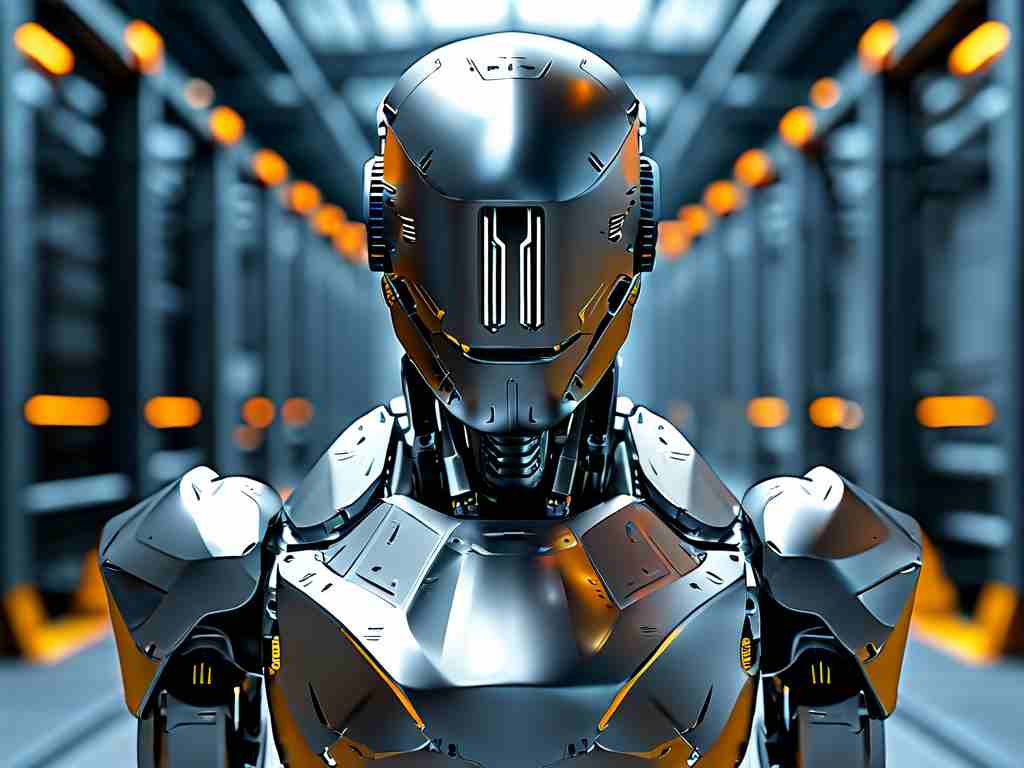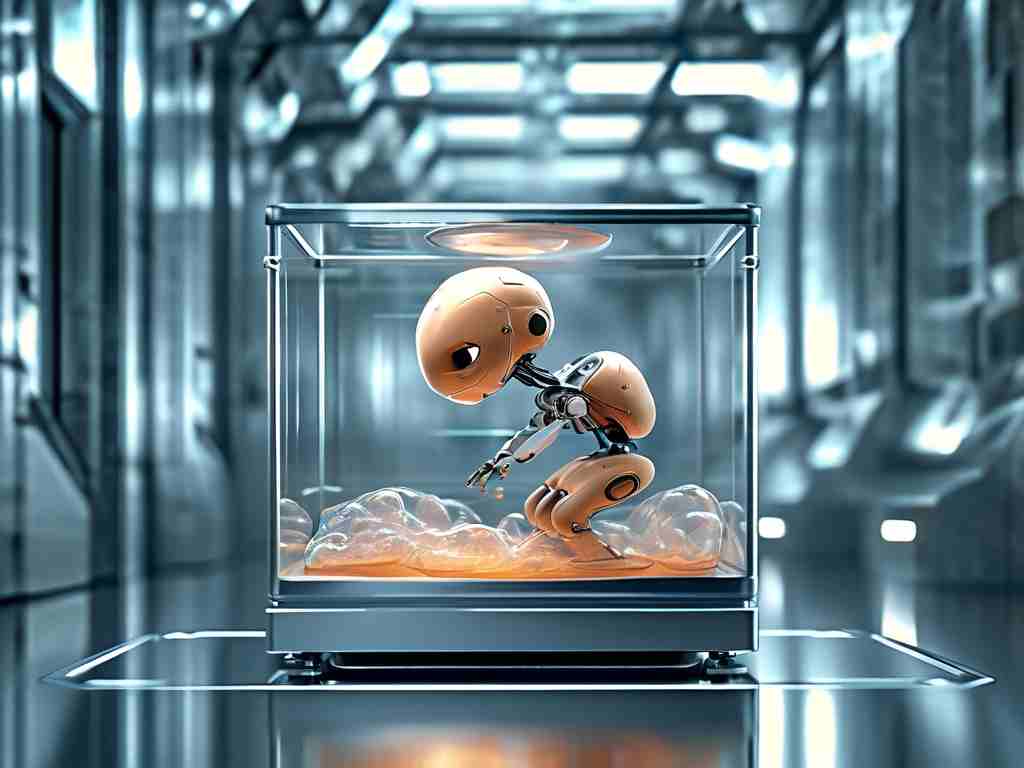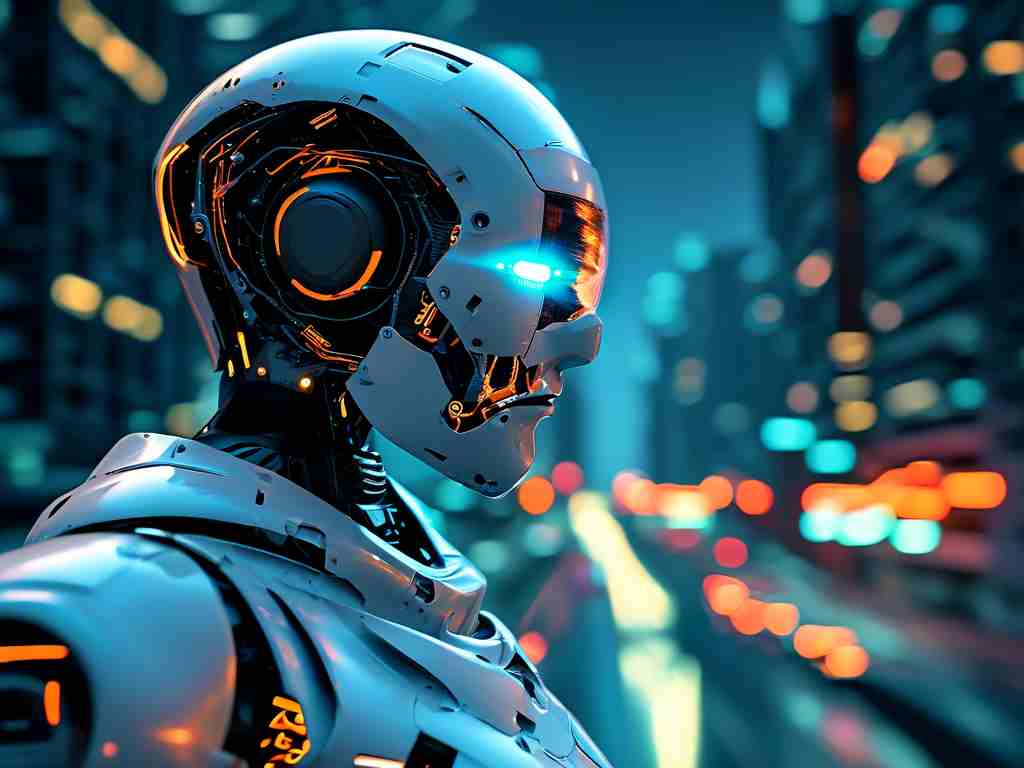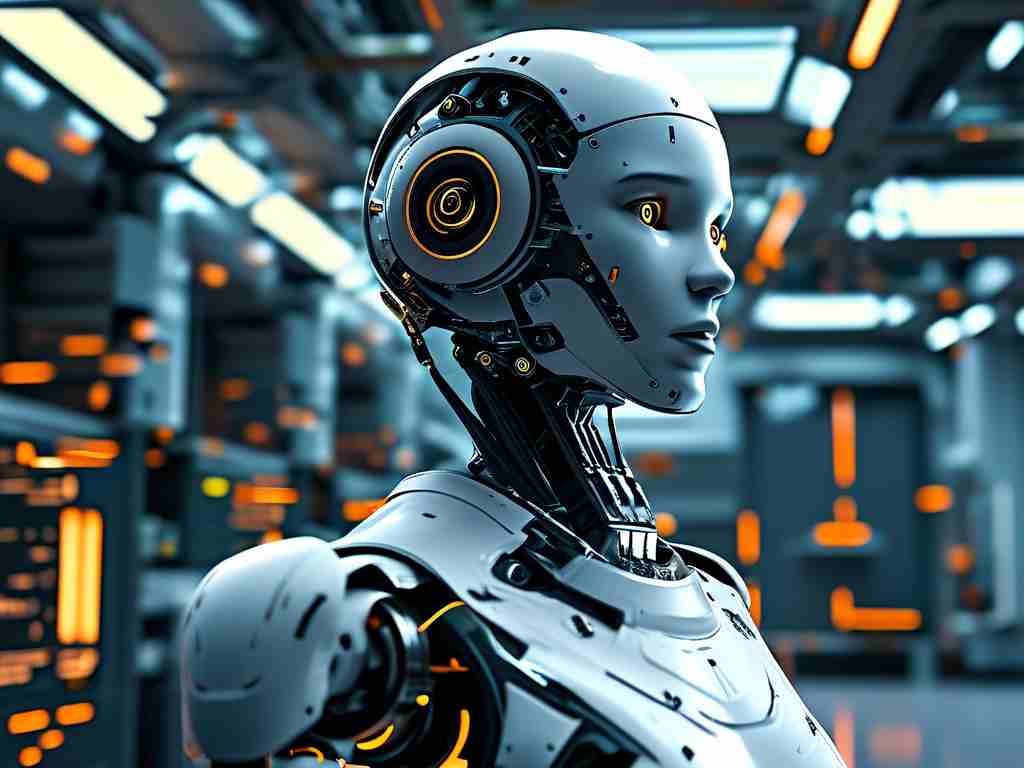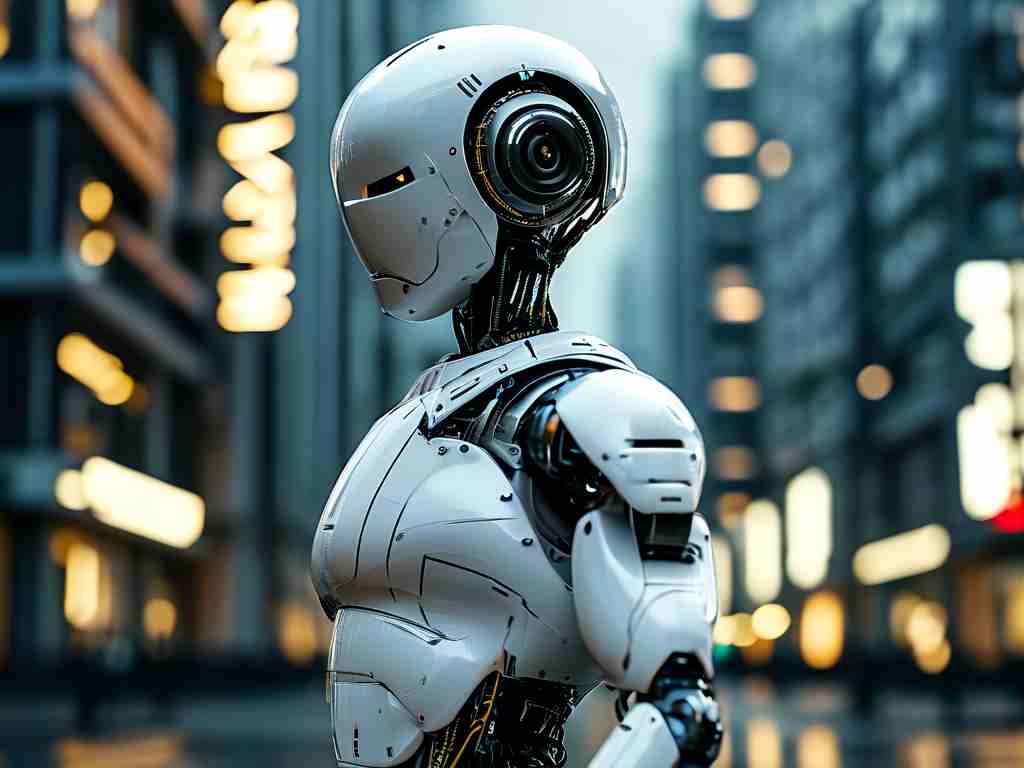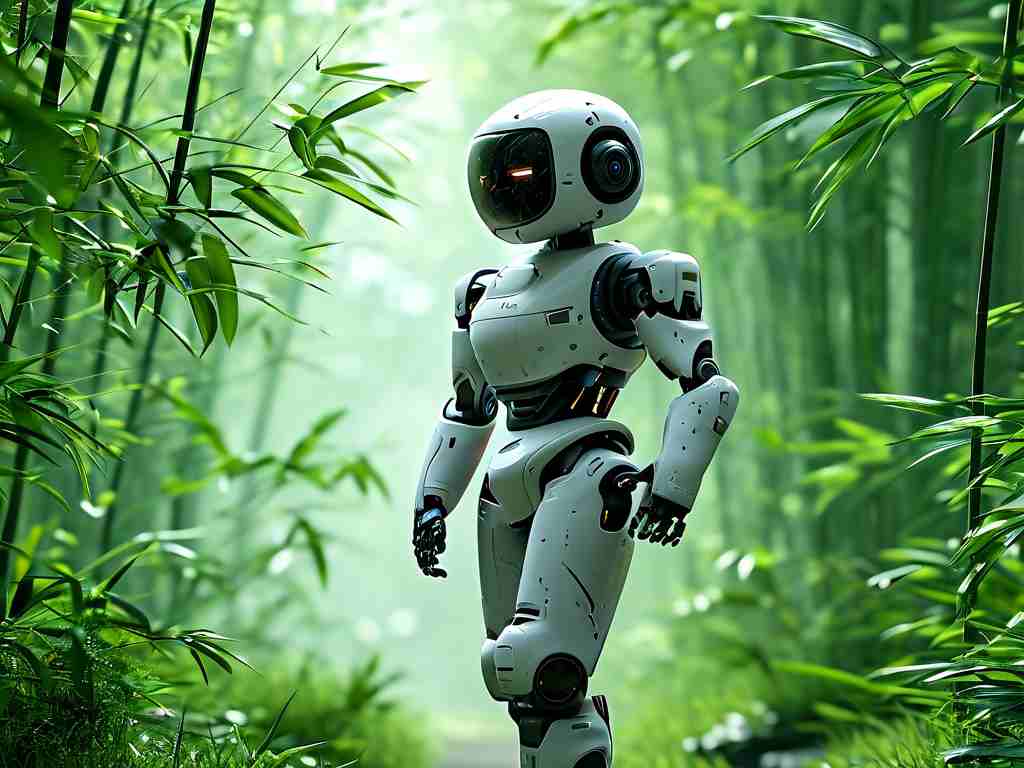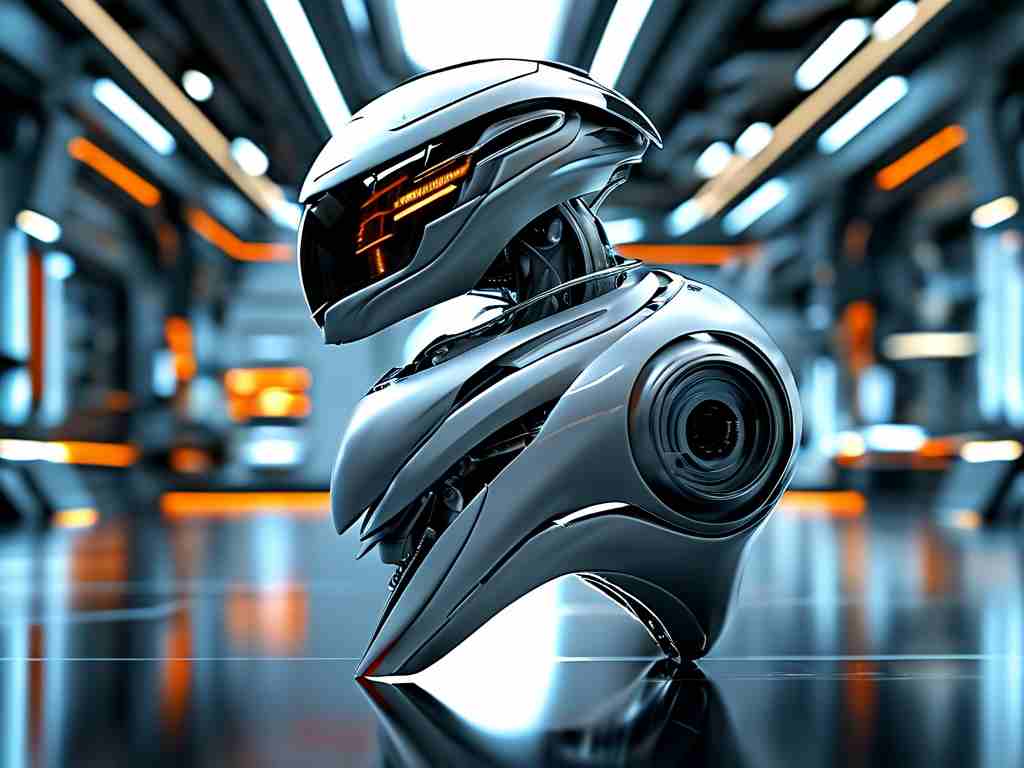The integration of artificial intelligence (AI) into robotics has ushered in a new era of automation, transforming industries and redefining how humans interact with machines. By combining advanced algorithms with mechanical precision, AI-controlled robots are no longer confined to repetitive tasks but are now capable of adaptive decision-making, real-time learning, and seamless collaboration with human operators. This article explores the latest advancements in AI-driven robotics, their practical applications, and the ethical considerations shaping their future.
The Evolution of AI in Robotics
Early robotic systems relied on preprogrammed instructions, limiting their flexibility. Modern AI, however, enables robots to process sensory data, recognize patterns, and adjust actions dynamically. Machine learning algorithms, such as reinforcement learning and neural networks, allow robots to improve performance over time. For instance, industrial robots in manufacturing plants now use vision-based AI to identify defective products with 98% accuracy, reducing waste by 40% compared to traditional methods.
A key breakthrough is the development of "cognitive robotics," where machines mimic human problem-solving. Researchers at MIT recently demonstrated a robot that can reassemble a disorganized workspace by predicting the intent behind scattered objects—a task requiring contextual understanding previously thought exclusive to humans.
Core Technologies Powering AI Robotics
-
Sensor Fusion and Edge Computing
AI-driven robots depend on real-time data from LiDAR, cameras, and tactile sensors. Edge computing processes this data locally, minimizing latency. For example, autonomous drones inspecting oil pipelines analyze corrosion levels mid-flight, transmitting only critical findings to centralized systems.
-
Natural Language Processing (NLP)
Robots like Toyota’s Human Support Robot (HSR) use NLP to interpret verbal commands and engage in dialogue. This is particularly transformative in healthcare, where robots assist patients by understanding complex requests like, “Bring me the blue pillbox from the top shelf.” -
Swarm Intelligence
In agriculture, AI-controlled robot swarms optimize crop monitoring. These decentralized systems communicate via mesh networks to cover vast fields efficiently. A Stanford-led project reported a 25% increase in yield using swarm robots to distribute fertilizers based on soil AI analytics.
Industry Applications
- Healthcare: Surgical robots like the da Vinci Xi System leverage AI to minimize human error. By analyzing historical surgery data, these systems suggest optimal incision points and warn surgeons about potential complications.
- Logistics: Amazon’s Proteus robots autonomously navigate warehouses, avoiding obstacles while transporting goods. AI pathfinding algorithms reduce delivery times by 30%, even in dynamic environments.
- Disaster Response: Drones equipped with thermal imaging and AI pattern recognition locate survivors in rubble faster than human teams. During the 2023 Türkiye earthquake, such robots reduced search times by 70%.
Ethical and Technical Challenges
Despite progress, AI robotics faces hurdles. Bias in training data can lead to flawed decisions—a robot trained primarily in urban settings might mishandle rural agricultural tasks. Privacy concerns also arise, as robots equipped with cameras and microphones could inadvertently capture sensitive information.
Security is another critical issue. In 2022, a vulnerability in an industrial robot’s API allowed hackers to alter production lines, causing $20 million in damages. Developers are now prioritizing federated learning frameworks to keep AI models secure without sacrificing adaptability.
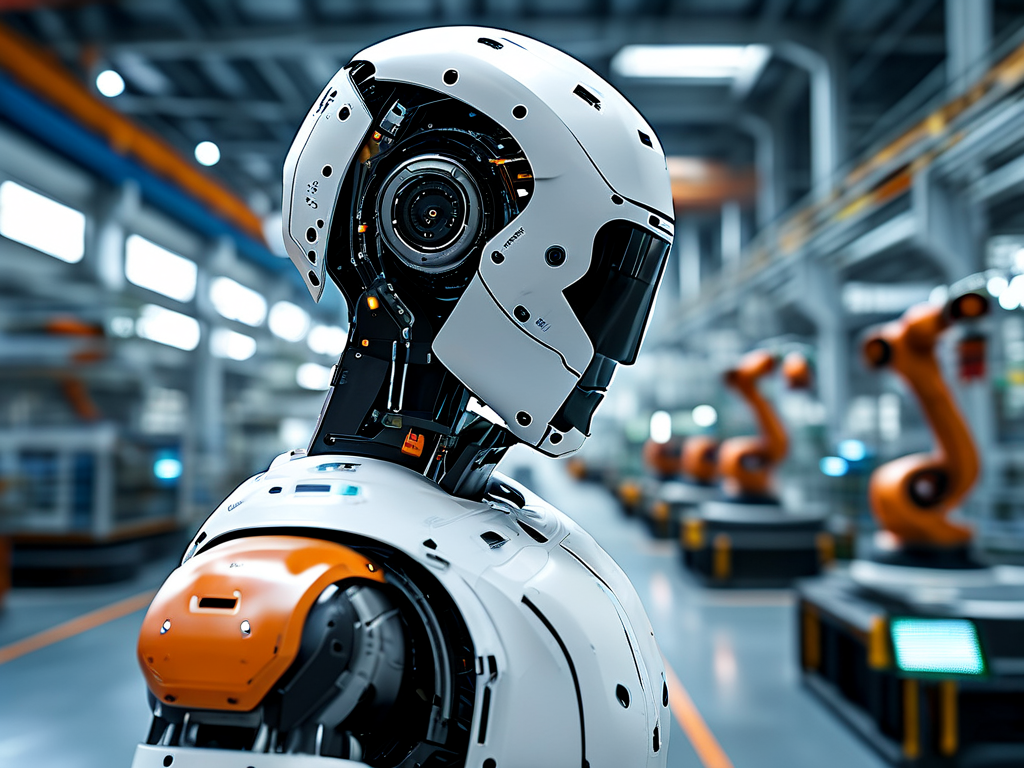
The Future of Human-Robot Collaboration
The next frontier is “symbiotic autonomy,” where robots and humans complement each other’s strengths. BMW’s Factory of the Future initiative pairs workers with AI-powered exoskeletons that reduce physical strain while learning from human movements to optimize assembly processes.
Meanwhile, OpenAI’s GPT-4 integration into robotics prototypes enables machines to understand abstract instructions like, “Organize the lab as you’d expect a chemist to prefer.” Such advancements hint at a future where robots transition from tools to collaborative partners.
AI-controlled robotics is not just about automation—it’s about creating systems that enhance human capabilities and adapt to evolving challenges. As technology progresses, stakeholders must address ethical dilemmas and ensure equitable access to these tools. By fostering interdisciplinary collaboration between engineers, ethicists, and policymakers, society can harness AI robotics to build a safer, more efficient world.
# Sample code for AI-driven pathfinding in robots
import numpy as np
from sklearn.ensemble import RandomForestRegressor
class RobotPathfinder:
def __init__(self, sensor_data):
self.model = RandomForestRegressor()
self.sensor_data = sensor_data
def train_model(self, obstacles, optimal_paths):
self.model.fit(obstacles, optimal_paths)
def predict_path(self, new_obstacles):
return self.model.predict([new_obstacles])
# Usage: Robot analyzes terrain to avoid obstacles
robot = RobotPathfinder(lidar_scan_data)
robot.train_model(historical_obstacles, validated_paths)
safe_path = robot.predict_path(current_terrain)


